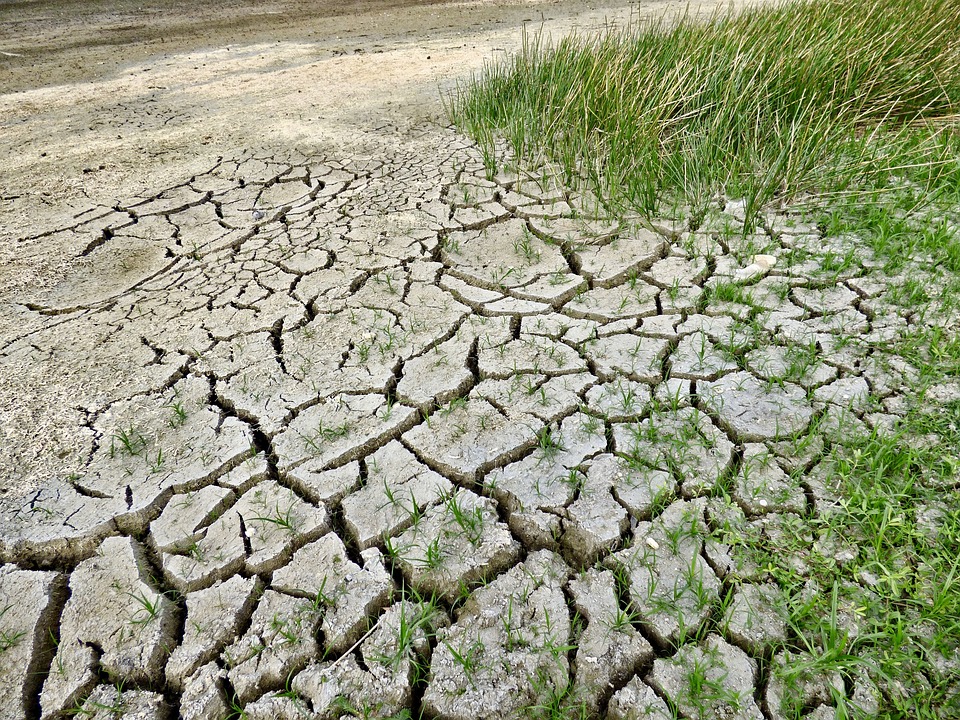What Is The Climate Like In Tasmania?
Tasmania is an island state off the south-east coast of Australia. It has a unique climate, with four distinct seasons, mild temperatures, and plenty of sunshine.
Summer
The summer months in Tasmania are usually dry and sunny, with temperatures ranging from 10-20°C. Rainfall is relatively low, with average monthly rainfall of just 10-20mm during this period. The warmest areas are generally found in the north and east, while the west and south tend to be cooler.
Autumn
In Autumn, the temperatures start to cool down and the days become shorter. Average temperatures range from 7-15°C, and rainfall increases, with average monthly rainfall of around 40-50mm. The east coast is generally drier than the west.
Winter
The winter months in Tasmania are generally cold and wet, with temperatures ranging from -2 to 8°C. Snowfall is common in some areas, especially in the highlands. Rainfall is also high, with average monthly rainfall of around 70-100mm.
Spring
Spring in Tasmania is a time of transition, with temperatures gradually increasing and days becoming longer. Average temperatures range from 8-18°C, and rainfall decreases, with average monthly rainfall of around 30-50mm.
Overall, Tasmania has a mild climate, with four distinct seasons and plenty of sunshine. It is a great place to visit all year round, with a variety of activities and attractions to enjoy.

Kyle Whyte is a notable scholar and professor at the University of Michigan, holding positions such as the George Willis Pack Professor in the School for Environment and Sustainability and Professor of Philosophy. Specializing in environmental justice, his work critically examines climate policy and Indigenous peoples’ ethics, emphasizing the nexus between cooperative scientific endeavors and Indigenous justice. As an enrolled Citizen Potawatomi Nation member, he brings a vital perspective to his roles as a U.S. Science Envoy and member of the White House Environmental Justice Advisory Council. His influential research is supported by various prestigious organizations including the National Science Foundation, and disseminated through publications in high-impact journals. Kyle actively contributes to global Indigenous research methodologies and education, with affiliations to numerous institutes and societies dedicated to traditional knowledge and sustainability. Recognized for his academic and community engagement, Kyle has earned multiple awards and served in various visiting professorships. His efforts extend to leadership positions on boards and committees focused on environmental justice nationwide.
